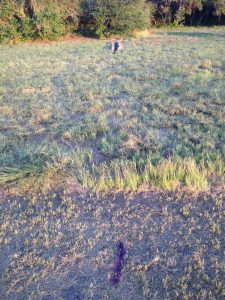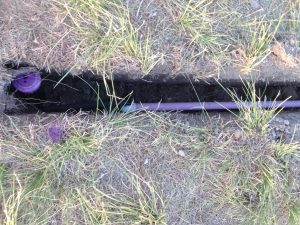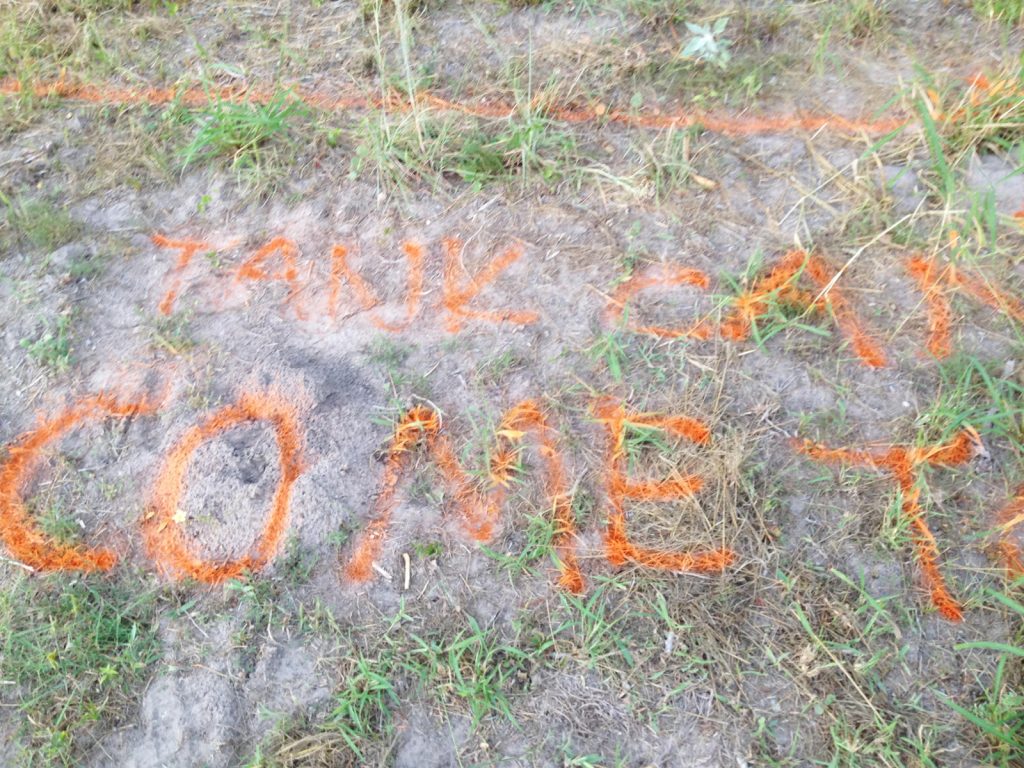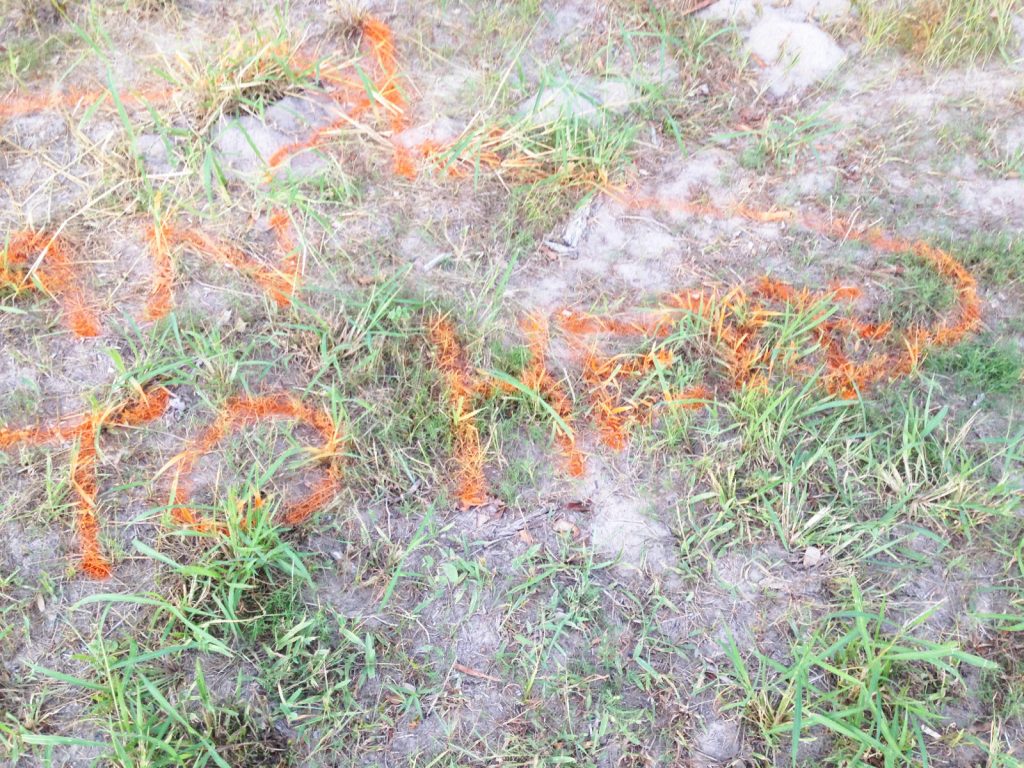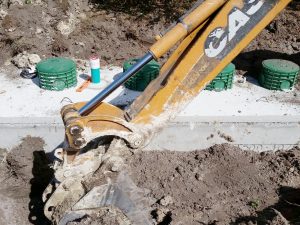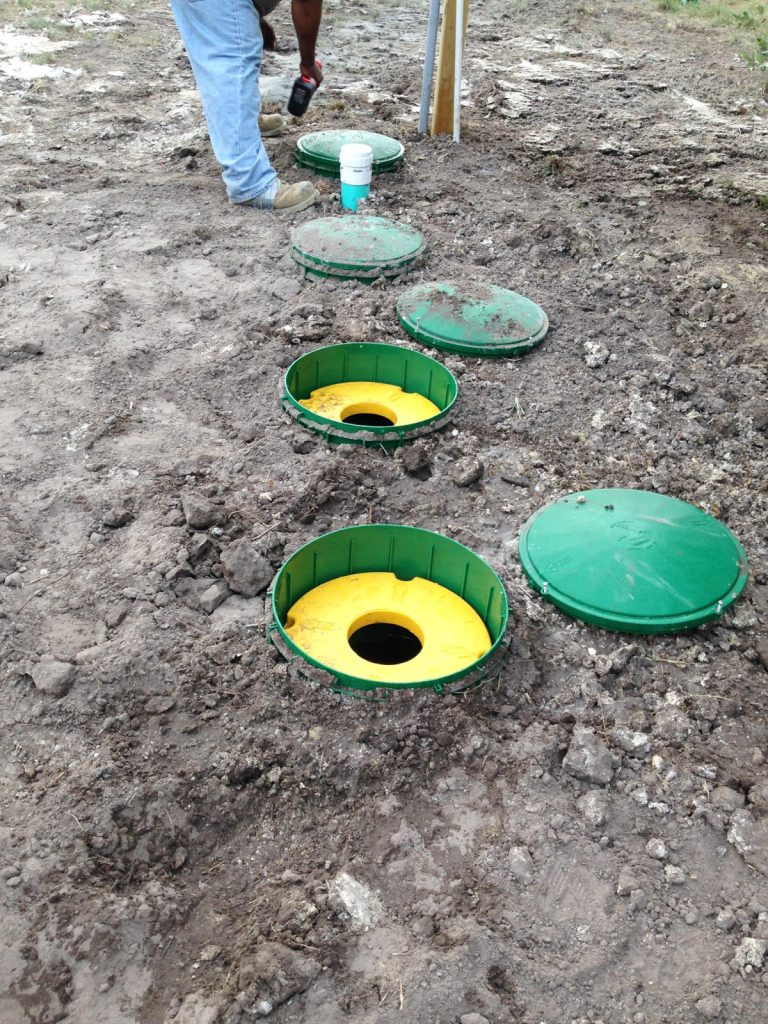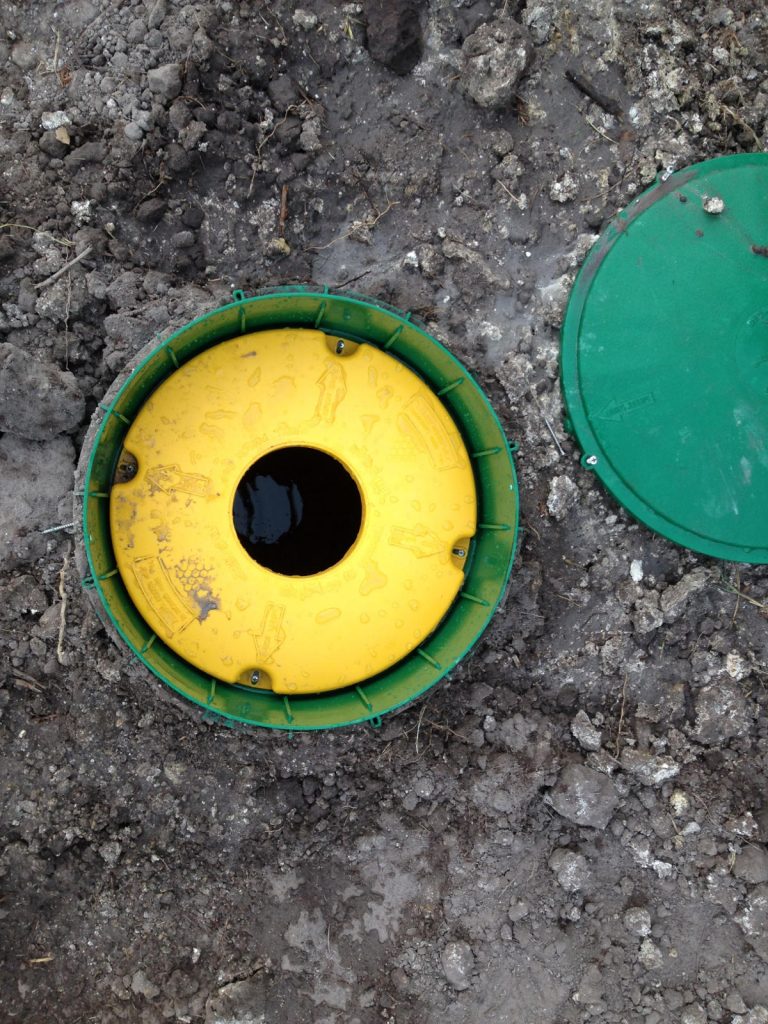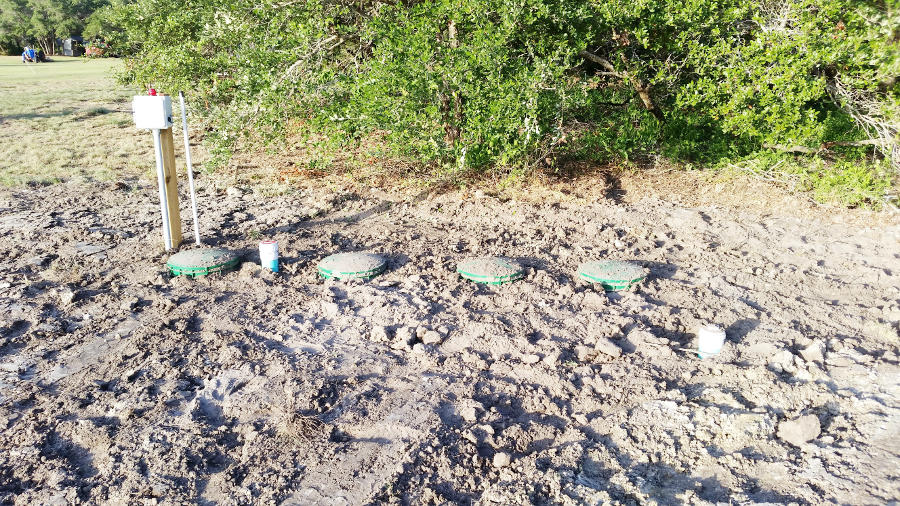
The Shitty Choice
The goal of Boxes in Fields has always been to build conscientious of the surroundings and the environment. Sustainable, to use a cliche. I read somewhere people can be part of a movement and not be on the extreme fringes. For example, moving from a 3500 square foot house to a 2500 sq ft house might seem not seem like much of a sacrifice to the reduction warrior in his 36 sq ft dumpster home conversion, but reducing is reducing. We dream of an off the grid, grow your own lifestyle, but know our real life is somewhere in the middle. As we make decisions about Boxes in Fields, we keep an eye on sustainability, comfort, and practicality. For us, composting toilets made the most sense. But, for reasons explained in Shitty Choices, that isn’t going to happen right now.
Having our first choice scratched off the list our choices were with a mound system or an aerobic system. Texas A&M AgriLife Extension has a great page on the topic of On-Site Sewage Facilities (OSSF). Check it out if you are interested, because I’m going to act like you know what the shit I’m talking about. Both systems have their ups and downs. After lots of head scratching, ass scratching, and general mulling; we chose the aerobic system.
The main reason for this choice, all of the water from the system gets sprayed out through a sprinkler head to water the grass or shrubbery. We would prefer not to use water in the first place, if we must, then we would just assume get the most use out of it as possible.
Choice made, we had to hire a Certified Septic Designer to design a system to meet the requirements of the Texas Commission on Environmental Quality (TCEQ). All of the rules and design criteria and their appendices are available from TCEQ if you are interested, and anyone with the propensity can have a go at the design of a system. It won’t be legal without the authority of the State of Texas behind your name, but that’s a rant for another post.. If you do decide to have a go at the design, you will quickly discover TCEQ has not written this for the water conscience small home owner. The smallest system possible for a house, our system, has to be designed to accommodate a minimum of 180 gallons of water per day. Just to provide some perspective, we currently use less than 30 gallons per day for three people. That’s cooking, showering, and trips to the toilet. We also do 2 loads of laundry a week on average for an additional 40 to 50 gallons a week. We use less water in a week than this system is designed to handle in less than a 48 hour period.
The size and cost of the tank and its installation (it’s expensive, to the tune of $8500) is just part of the overall price of a septic system. All systems, regardless of the type, require a fair amount of square footage of land to disperse the wastewater. Aerobic designs such as ours, remember it’s the smallest one you can have for a residence, requires 2826 square feet. The spray field must also have a setback of 10 feet from every property line. Just for reference, each lot is 50′ x 140′ and cost approximately $7500. That works out to 7000 sq ft at $1.07 per sqft. At that price 2826 sq ft costs $3023.82 and takes up 40% of a city lot. Enough math. Don’t forget setbacks and overages are based on what spray pattern you and the designer settle on.
Next, we chose a contractor to perform the work. That’s where things started to get a little sticky. This is a small town. The sort of town where everybody knows everybody and one company was recommended over the others. This company may have been great back in the day, they may just have been the top recommendation because it was the only company our advisors had ever used, or it may have just been bad advice. The point is, I wouldn’t recommend this Company (name withheld due to a 2-year maintenance contract, contact me and I’ll let you know) to anyone. They did shitty work. Go figure.
It’s a small family ran company, something Boxes In Fields really likes, fraught with all the problems a small family run business can have, something Boxes In Fields really dislikes. To summarize: No one at the Company seemed to be on the same page about when or how our project was to be completed. Though at least two onsite meetings were held and the Planner personally drew in CAD what was expected, the design had to be returned back to the paid designer due to lack of communication for a redraw. The job took almost four months to complete. To be fair, a postponement was asked for to solve the Water Debacle but that only accounted for just short of four weeks. The Planner caught the installer, a principle in the Company, in a lie when the 3rd or 4th deadline wasn’t met. When the job was finally “done”, the Planner had to finish covering the ditch to the stray field, spread the dirt evenly around the tanks, and throw away scrap materials. By this point, we just wanted to get on with moving our trailer over so we could start enjoying Boxes in Fields.
*Disclaimer* If you read the TCEQ requirements you might notice there is a provision for smaller daily usages. Travel trailers, for example, only require a 40 gallon per day system. I suppose this is because most travel trailers lack clothes or dishwashers. “So, why not use that for the design”, you ask? Turns out there is a little caveat in the TCEQ rules, the minimum tank size. See, if the daily flow rate of wastewater is <250 gallons then the tank must a minimum volume of 750 gallons. As an aside, I have little doubt this is the work of capitalism and somebody wantin’ to get paid.


